Shorthair cat breeds captivate cat lovers worldwide with their diverse appearances, personalities, and low-maintenance coats. These breeds, ranging from the elegant Abyssinian to the sturdy American Shorthair, offer something for every pet owner. Whether you’re seeking a playful companion or a relaxed lap cat, exploring all kinds of cats can help you find the perfect match. In this guide, we’ll dive into some of the most notable shorthair cat breeds, highlighting their origins, physical traits, and care essentials based on reliable veterinary insights.
Shorthair cats generally have dense, short fur that’s easy to groom, making them ideal for busy households. According to cat breed experts, these varieties often trace their roots to natural mutations or selective breeding for specific looks and temperaments. For Vietnamese pet owners, where urban living is common, shorthair breeds thrive indoors with minimal shedding.
Abyssinian
The Abyssinian stands out among shorthair cat breeds for its regal, ancient Egyptian-like appearance. With a lithe body, long slender legs, and a ticked coat that gives a shimmering effect, this breed resembles the sacred cats depicted in Egyptian art. Abyssinians are active, curious explorers who love climbing and interacting with their owners.
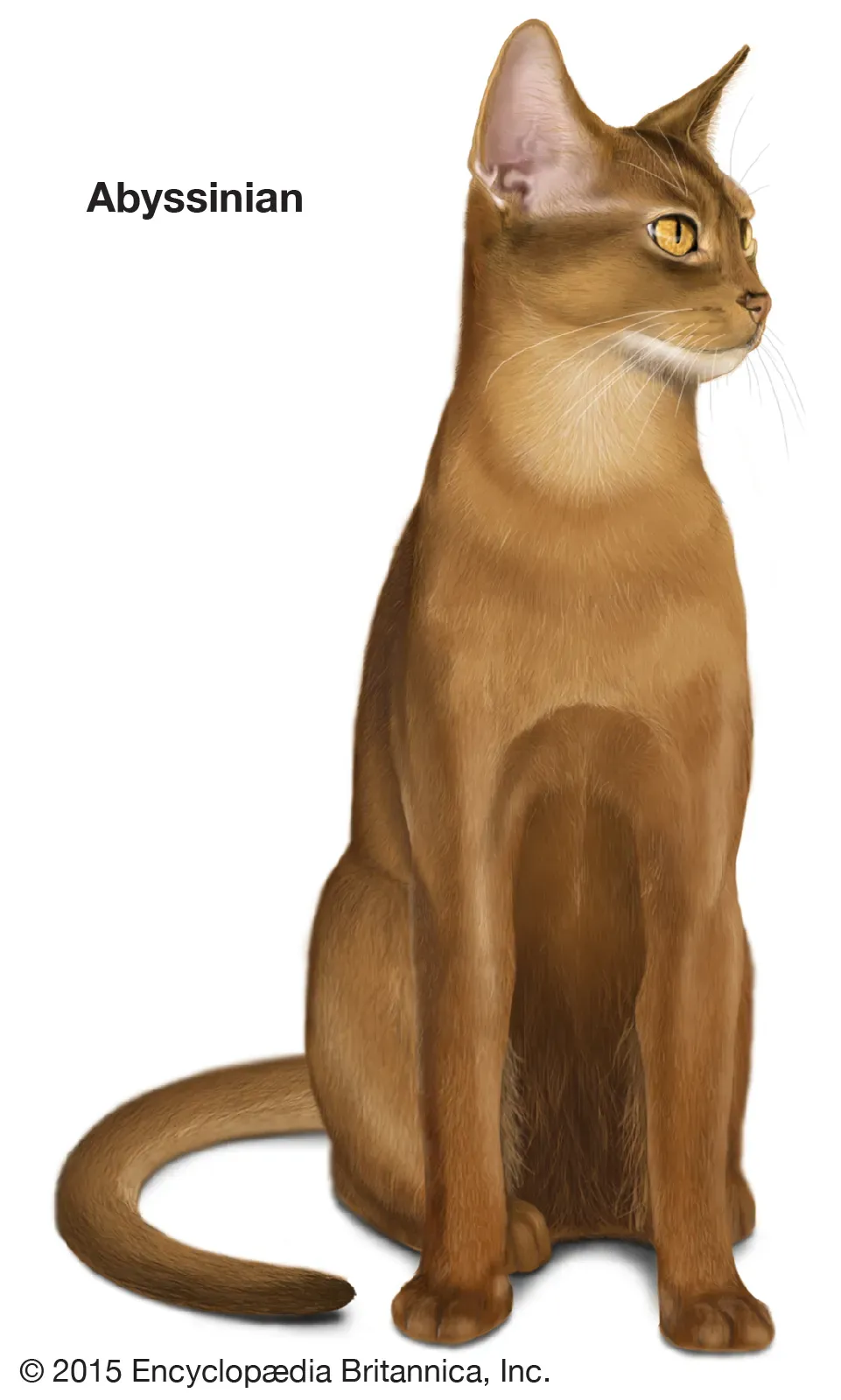 Abyssinian cat resembling ancient Egyptian sacred cats
Abyssinian cat resembling ancient Egyptian sacred cats
These energetic cats require interactive toys and vertical spaces to stay happy. Regular brushing prevents matting, and a high-protein diet supports their athletic build. Veterinary sources note their resilience but recommend annual check-ups for dental health.
American Shorthair
Known for exceptional hunting prowess, the American Shorthair features a broad, muscular body covered in thick, dense fur. This adaptable breed excels as both a mouser and a loving family pet, with colors ranging from solids to tabbies.
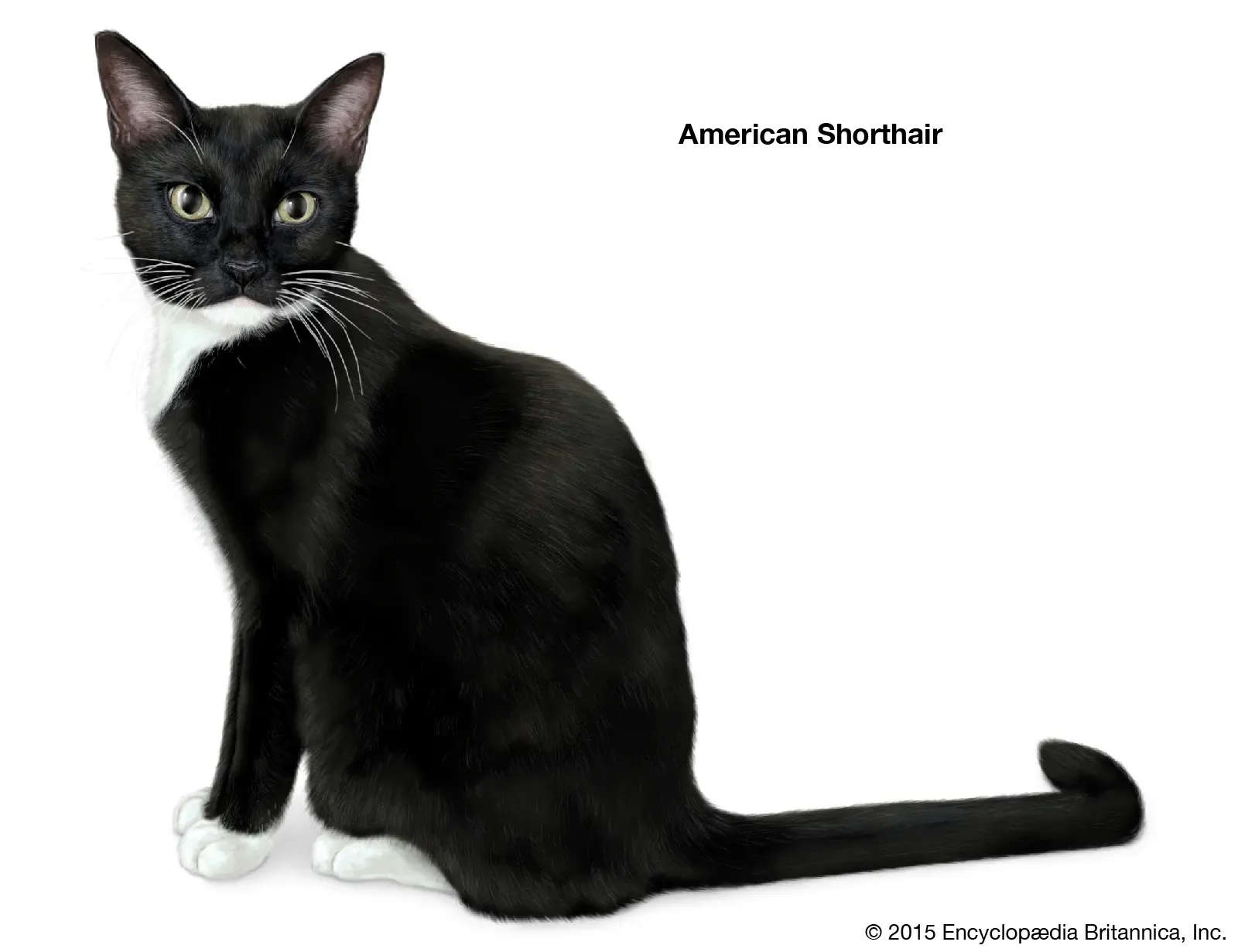 American Shorthair cat demonstrating hunting ability
American Shorthair cat demonstrating hunting ability
American Shorthairs are hardy and low-maintenance, perfect for first-time owners in Vietnam’s tropical climate. Provide a balanced diet to maintain their sturdy frame, and offer scratching posts to channel natural instincts. They’re generally healthy but watch for obesity with age.
American Wirehair
Rare outside the United States, the American Wirehair boasts a distinctive curly coat on a medium-to-large frame. This unique texture sets it apart in shorthair cat breeds, offering a plush feel despite the short length.
 American Wirehair cat showcasing its curly coat
American Wirehair cat showcasing its curly coat
Grooming is simple—weekly combing keeps curls defined. These cats are affectionate and playful, bonding closely with families. From experience with similar wiry breeds, early socialization prevents shyness around strangers.
Bengal
The Bengal’s wild allure comes from its Asian leopard cat ancestry crossed with the American Shorthair tabby, resulting in a spotted coat and shorter hind legs. This shorthair breed exudes energy and athleticism.
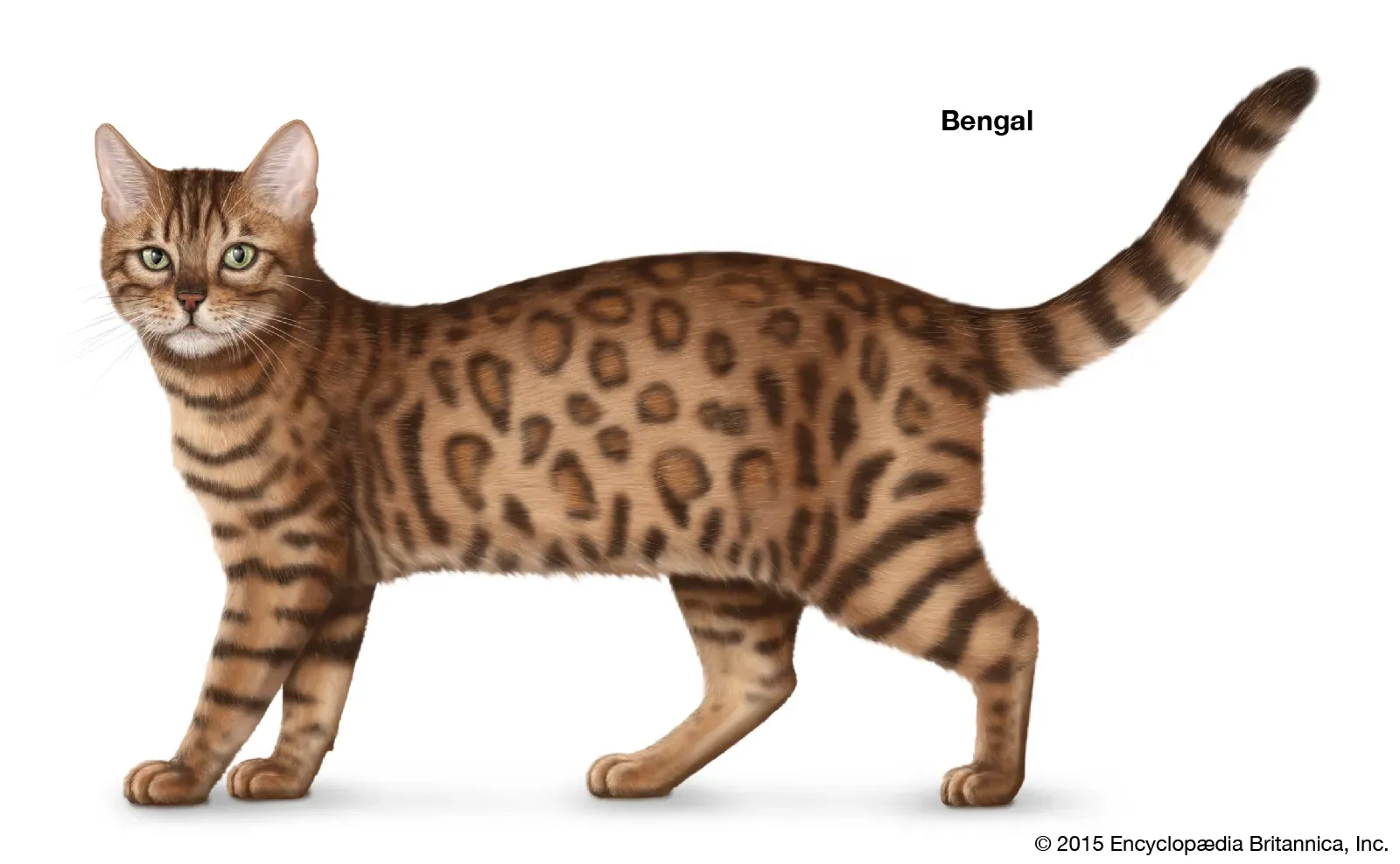 Bengal cat with leopard-like spots from Asian leopard cat cross
Bengal cat with leopard-like spots from Asian leopard cat cross
Bengals need ample playtime and puzzle feeders to satisfy their intelligence. Their short coat requires minimal care, but ensure freshwater access in humid environments. Reputable breeders screen for hybrid-related health issues.
Explore most rare cat breeds for more exotic options like this one.
Bombay
Resembling a miniature black panther, the Bombay is a cross between the Burmese and black American Shorthair. Its sleek, glossy black coat and copper eyes give it an elegant, panther-like poise.
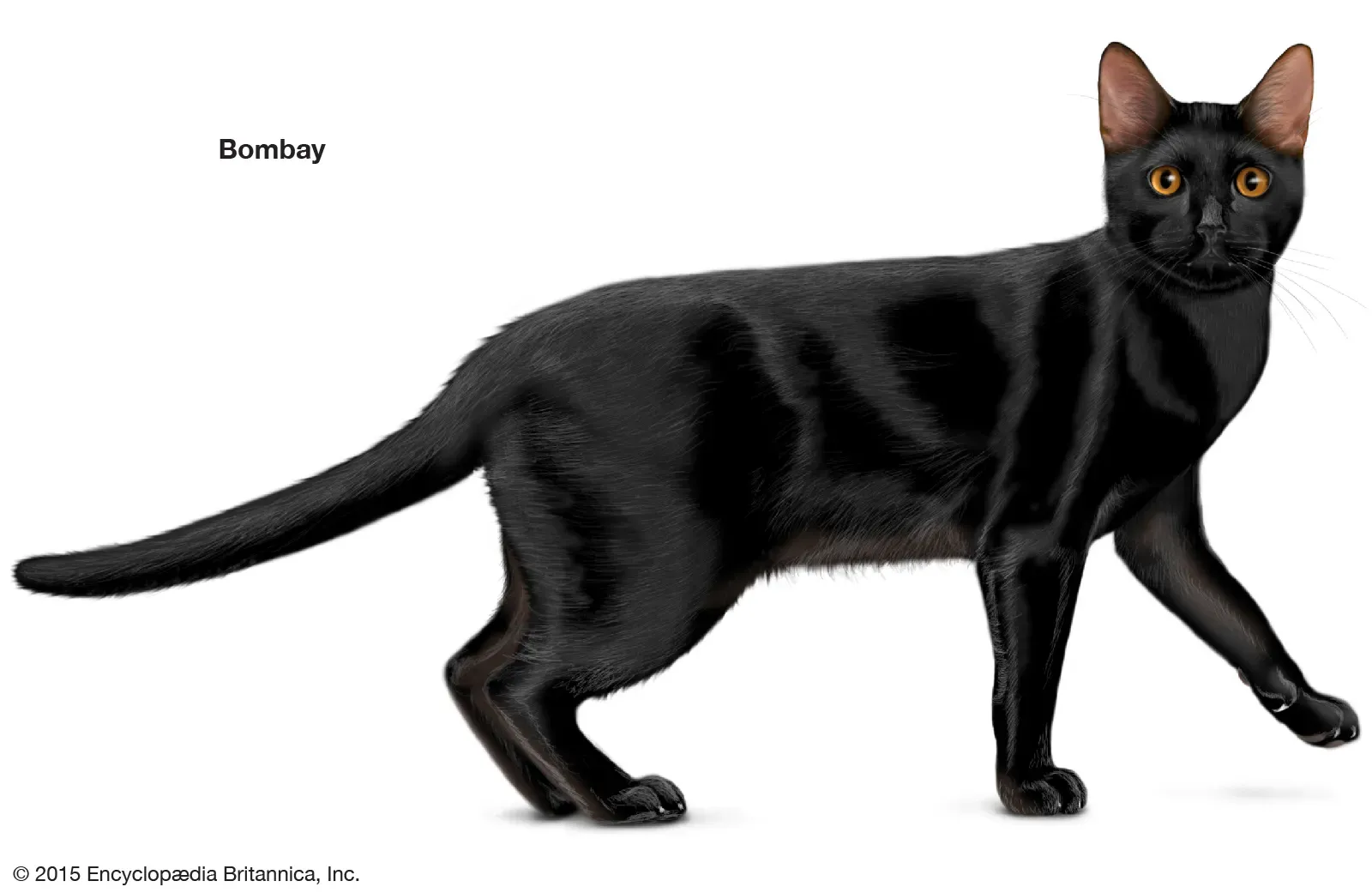 Bombay cat cross between Burmese and American Shorthair
Bombay cat cross between Burmese and American Shorthair
Bombays are social and vocal, thriving in active homes. A meat-rich diet supports their muscular build, and occasional baths keep their coat shining. They’re prone to Burmese lineage health concerns, so vet visits are key.
British Shorthair
As one of the oldest natural English breeds, the British Shorthair features a broad body, short legs, and dense plush fur in various colors, including the iconic British Blue.
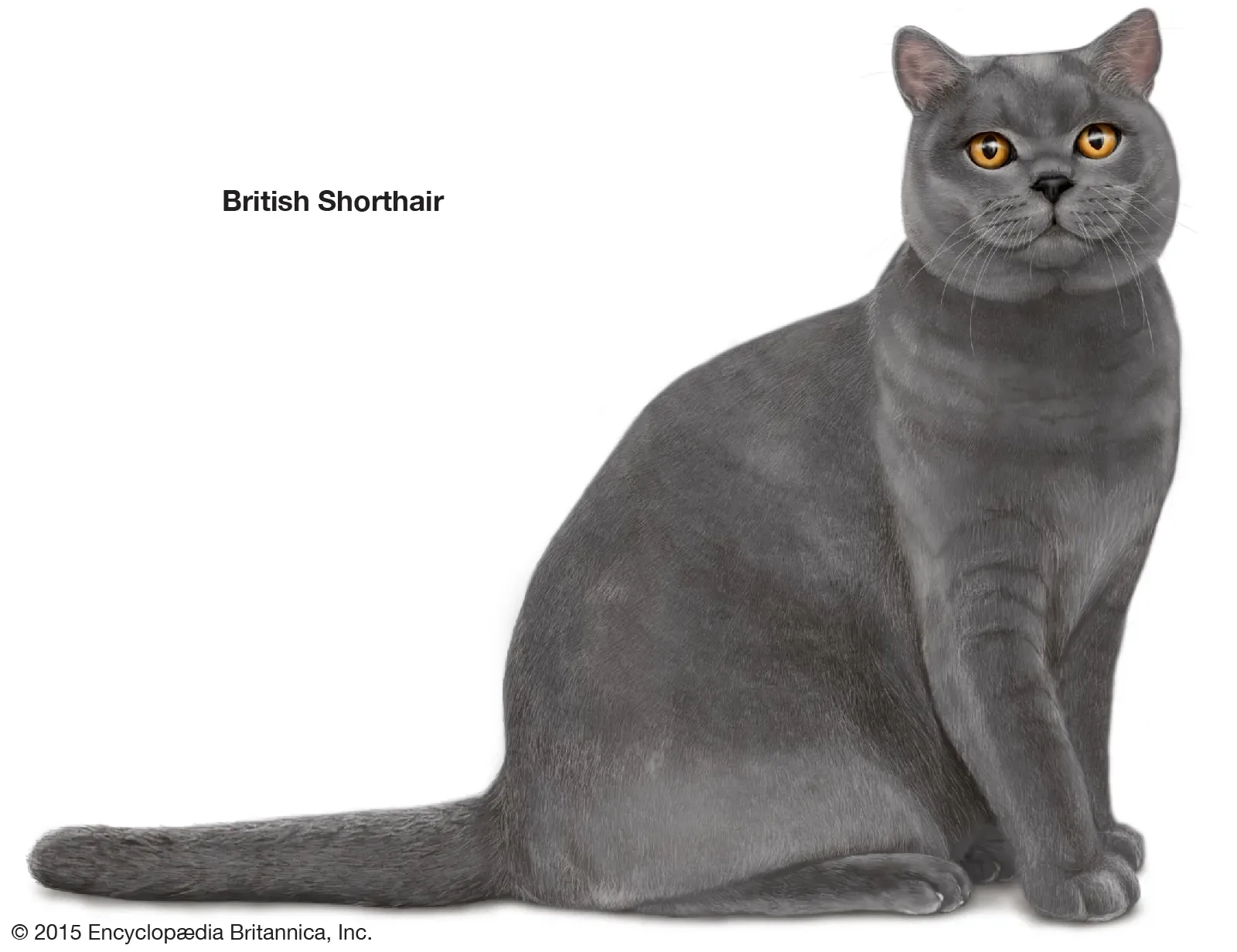 British Shorthair cat as oldest English breed
British Shorthair cat as oldest English breed
These calm, easygoing cats suit apartment living common in Vietnam. Brush weekly to reduce shedding, and monitor portions to prevent weight gain—their rounded appearance can lead to obesity.
Burmese
Related to the Siamese, the Burmese has a glossy, medium-length coat in rich shades like sable. Its origins trace to Wong Mau, a chocolate-colored Siamese-type cat.
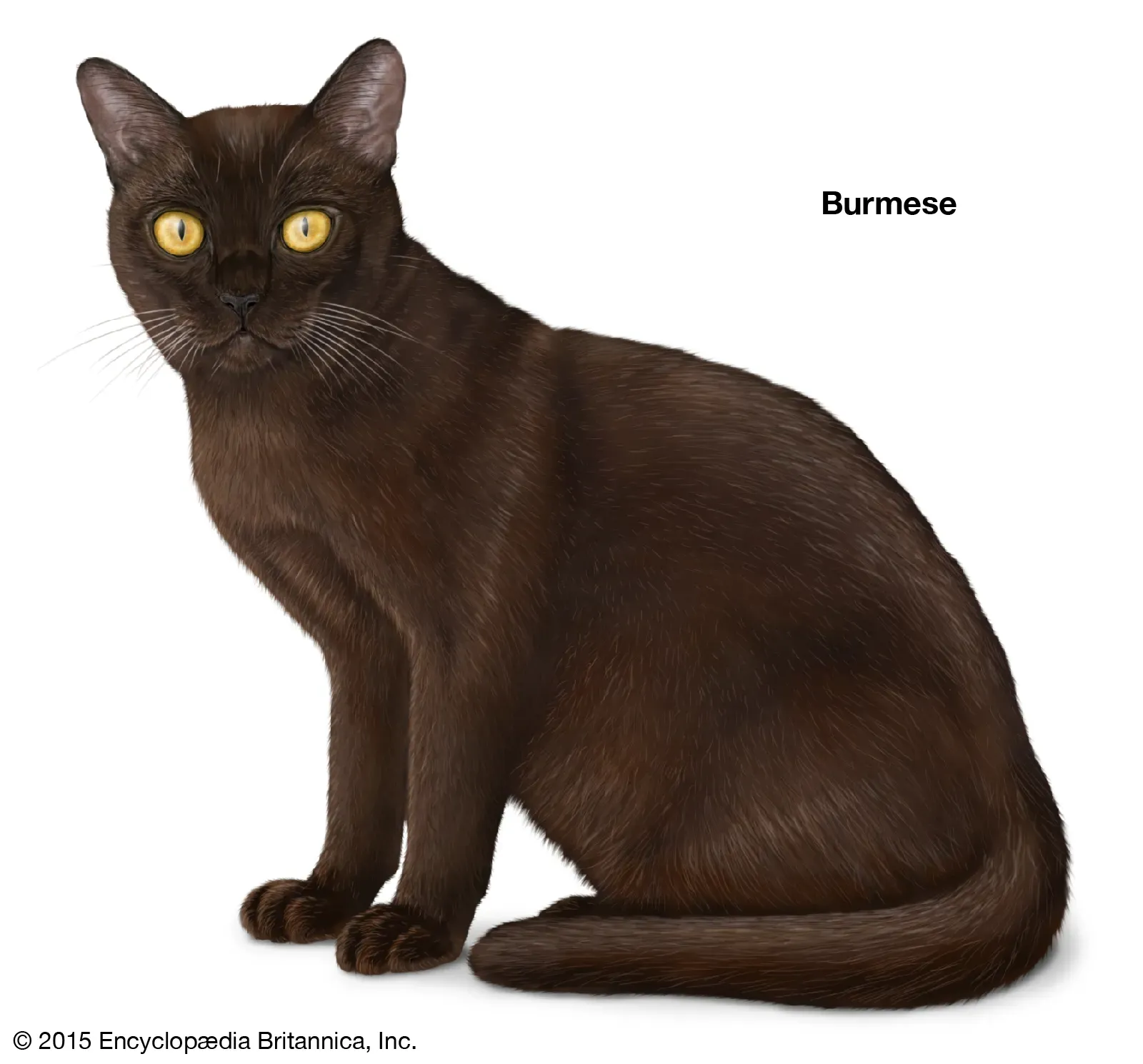 Burmese cat ancestor Wong Mau Siamese
Burmese cat ancestor Wong Mau Siamese
Burmese are people-oriented and playful, making great companions. Dental care is crucial due to their breed tendencies. A varied diet keeps their coat vibrant.
Chartreux
This robust French breed from the 18th century sports a blue-gray coat and muscular build, earning it a spot among timeless shorthair cat breeds.
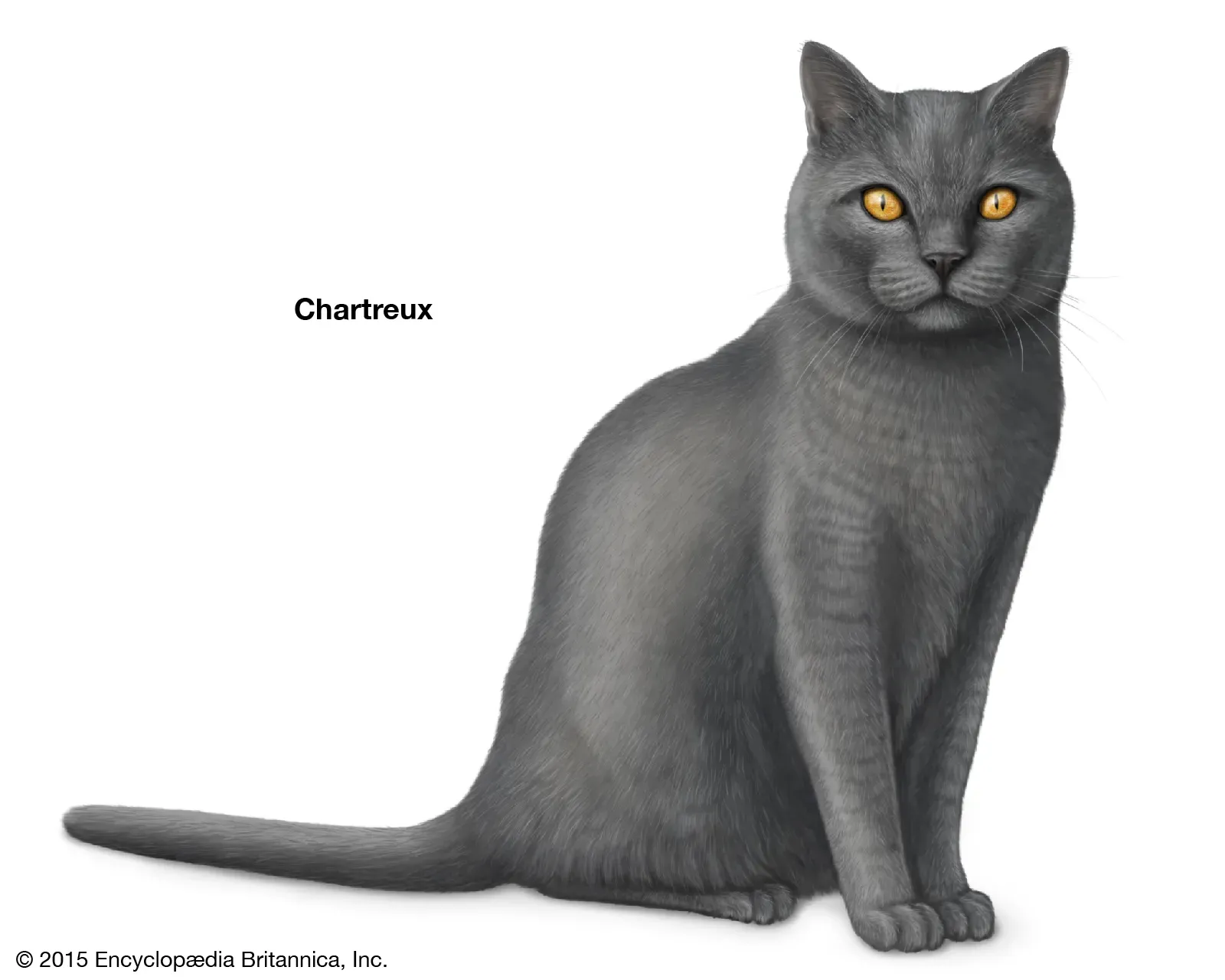 Chartreux cat originating from early 18th-century France
Chartreux cat originating from early 18th-century France
Chartreux cats are quiet hunters with affectionate natures. Minimal grooming suits their short woolly fur, but joint supplements aid longevity.
Cornish Rex
Originating in Cornwall, England, the Cornish Rex has a curly coat reminiscent of a Rex rabbit, paired with large ears and a slender body.
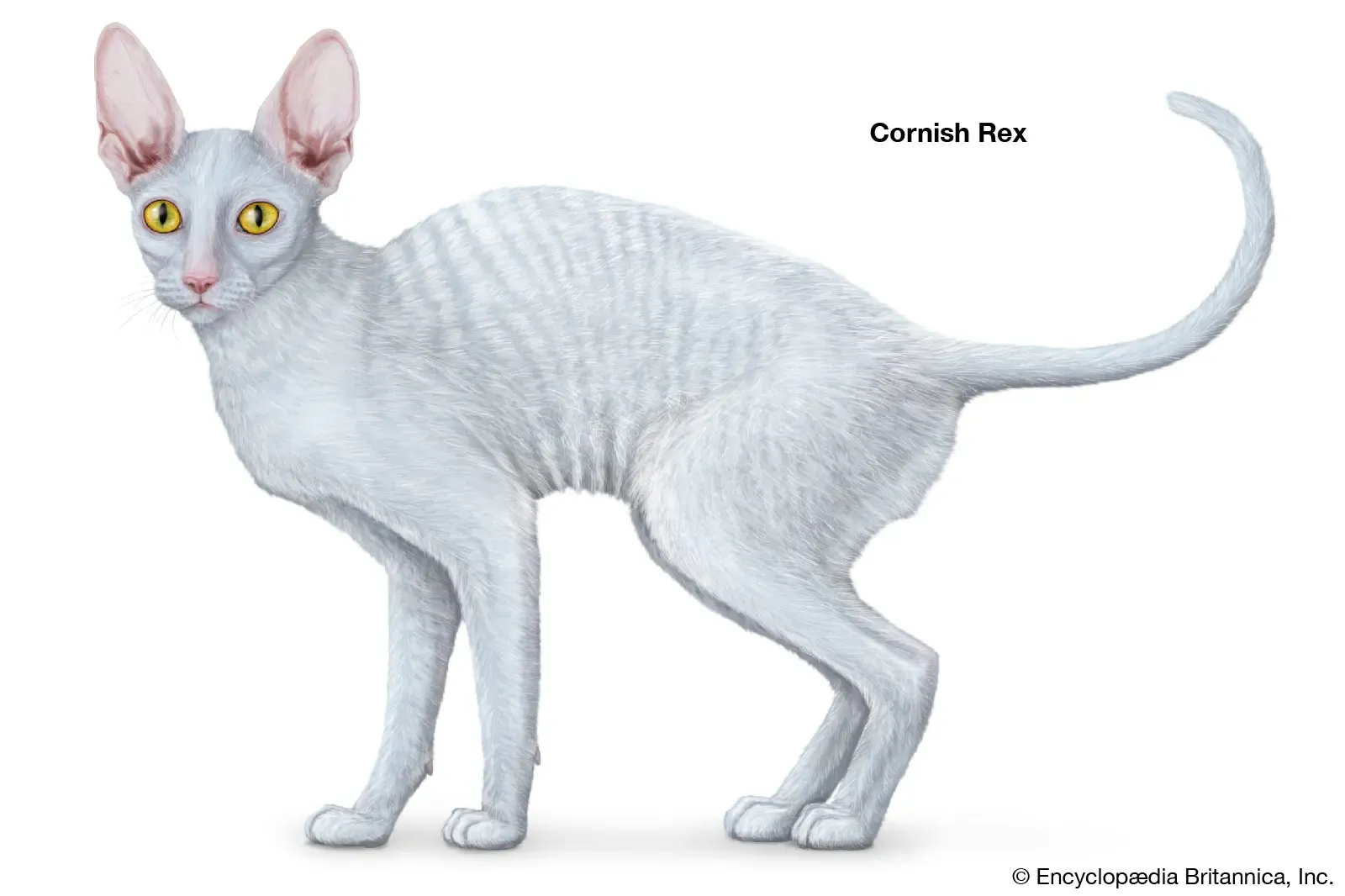 Cornish Rex cat with curly coat like Rex rabbit
Cornish Rex cat with curly coat like Rex rabbit
These lively cats need warm spots due to thin fur. Bathing preserves curls, and high-energy play prevents boredom.
Devon Rex
Often dubbed the “poodle cat,” the Devon Rex features a soft, wavy coat and pixie-like face with oversized ears.
 Devon Rex poodle-like cat
Devon Rex poodle-like cat
Devon Rexes crave attention and mischief. Skin oils require occasional wipes, enhancing their charm.
In summary, shorthair cat breeds offer variety in looks and lifestyles, from adventurous Bengals to cuddly British Shorthairs. Choosing one means committing to tailored care—like breed-specific diets and regular vet checks—for a healthy, happy pet. Consult local vets in Vietnam for region-specific advice, and check out names for hairless cats if Sphynx appeals. Start your feline journey today!
References
- Encyclopaedia Britannica: “Shorthair Cat Breeds” (https://www.britannica.com/list/shorthair-cat-breeds)
- Cat Fanciers’ Association breed standards
- Veterinary insights from AVMA on breed health
